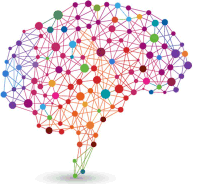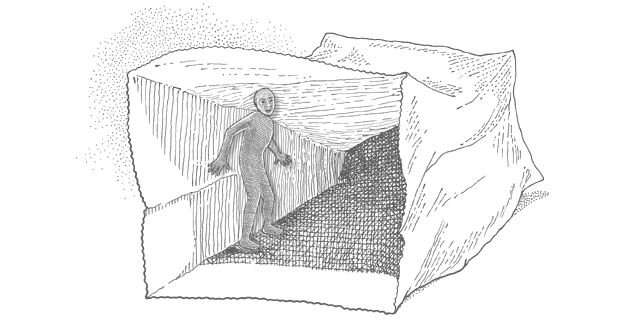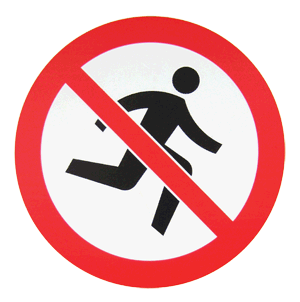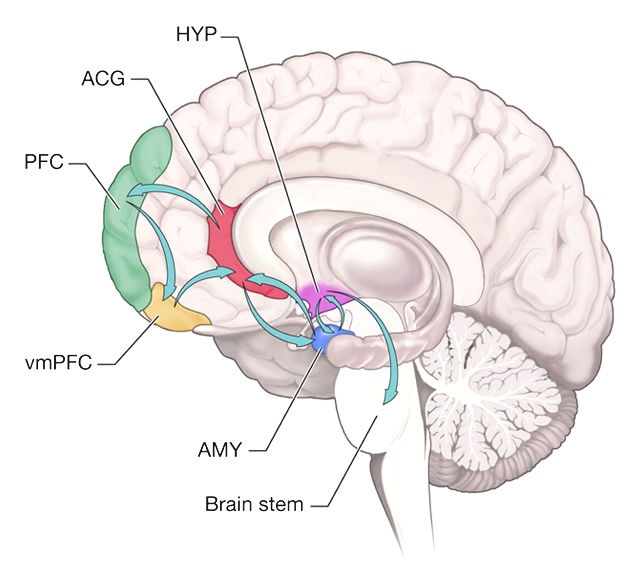
 |
 |
|
| |

20+ milions chronic intractable pd patients - EU/USA 2005/2010
v1.2 share:




 PRINT THIS PAGE
PRINT THIS PAGE
Amygdala.Link wants to unite the people with the aim of creating
new surgical procedures for these disorders,
to finally cure this severe neural regressive disease depriving the person of health and quality of life.
We search
Partners to create an International Committee and Promote Research and Surgery for the treatment
of Panic, Bipolar, PTSD & Agoraphobia,
medical procedures surprisingly still not available in Europe and USA.
We search
for open-minded “real” doctors, professionals, associations, companies and authorities, that want to do it.
|
|
Introduction:
A Therapy for severe Panic, Bipolar, PTSD and Agoraphobia is possible.
Scientific evidences, studies, surgical procedures and experiments on mammals, human and non-human primates, confirm it.
The keywords are: Amygdala Hyperactivity
75.000+ articles on PubMed (and much more...) talk about it:
In sum, a lesion of amygdala (< 2,0 cubic cm)
could be sufficient for normalization of behaviours and disruption of acute systemic stress,
dissociation and panic attacks
that are caused by an aberrant excessive activity in Amygdala brain pathways.
At present, disesases like focal epilepsy when drug-resistant are cured with ATL
(anterior temporal lobectomy, > 5 cubic cm of cerebral tissue removed with modern
micro-invasive surgical techniques), Major Depression or OCD (obsessive compulsive disorder)
with Anterior Cingulotomy (> 5 cubic cm), intractable behavioral disorders
(ie fight-aggressiveness) with classic bilateral amygdalotomy (whole amygdalae resection,
> 3 cubic cm), bilateral Capsulotomy for Refractory Anxiety Disorders (> 3cm of tissue), etc.
..but there are no surgical procedures for Panic, Bipolar, PTSD and Agoraphobia, as if it were a minor matter.
|
|

| |
Who's who:
Hello, My fantasy name is Andrea.
I am here to cure myself and million of people suffering of intractable
Panic Disorders, Agoraphobia, Bipolar and Stress.
I suffer of fear and stress since I was a child, of Chronic Agoraphobia, Bipolar and PTSD since 2001.
My pathology is severe and resistant to cognitive and pharmacological therapies
(severe means serious disabilities/collaterals in work, mobility, health, relationships, care of my children).
This is the simple reason of why I am studing and working for a true cure.
I am a freelance researcher and author.
READ MORE ..
|

Epidemology:
GOVERNMENT’S STATISTICS - Chronic Panic Disorders (>12months) involves 2,7% of U.S. citizens (8,6 millions), 1,8% (13,3 mil.) in Europe. Chronic Agoraphobia “only” involves 0,8% of U.S. citizens (2,5 mil.), 1,3% in Europe (9,6 mil.). Proportion of patients receiving “appropriate treatment” is very low (mean of 15%).
Severe Panic or Agoraphobia emerges in 40% of cases. Clinical definition of the term Severe: disability or work substantial limitation (30+ days out of role in the year), collateral psychosis like bipolar disorder, depression, etc.. , serious substances addiction, impulse-control disorder with repeated serious violence, suicide attempts. Panic Disorder is one of the top 5 highly-debilitating pathologies as work impact (days of work lost) and quality of life reduction.
READ MORE ..
|

New forms of amygdalectomy: less tissue, less risk:
Amygdalectomy (partial or total) is a clinically safe and experienced ablative surgical procedure
(< 0,1% mortality), carried out since 1960, and performed today with mini invasive and selective methods
with less tissue removal (< 2,0 cubic cm) compared with other kinds of ablative procedures (> 5 cubic cm).
It’s used in various resistant pathologies (focal epilepsy, intractable aggressivity, autism, etc..).
Despite inadequate efficacy of actual therapies for Panic Disorder, Agoraphobia and other
Stress neurological disorders, and despite converging evidence on amygdala, there’s still not a specific drug
or surgical procedure on amigdala for the resolution of those diseases.
READ MORE ..
|

Scientific discoveries: amygdala, the brain fear/worries/stress center
- observation points and topic of studies:
stereotaxic amygdalectomies, Urbach Wiethe and Williams syndrome studies, amygdala tumors and/or damage, imaging techniques,
theoretical studies, ablation/inhibition/optogenetic on primates and mammalians, VR with in-vivo panic measurement, DBS application in amygdala.
Examination of 2000 studies (on 74.500 total - PubMed.gov).
READ MORE ..
|

|
|
Definitions:
Agoraphobia - Insuppressible and abnormal fear of opened spaces, dependency from closed spaces or house walls, with consequent loss of work and social relationships. In intermediate cases the person is able to leave home accompained by trusted people, in slight cases the panic is limited to specific cicrumstantial zones (fields, streets, squares, supermarkets, bridges, airports, ..). Collateral diseases, like depression,.. , are frequently associated.
READ MORE ..
|

What's a Panic Attack?:
Good will and cognitive effort cannot produce results in “severe” Agoraphobia (acute, chronic), considering the chemical nature of this pathology, and the involvement of most unconscious brain areas:
1) senses perceive; 2) limbic system activates (60ms for the amygdala to react);
3) stress hormones flood the body.
Regardless of your diligence or awareness: It doesn’t matter if you are eating a sandwich, or listening to music, or walking along the street.. your body acts as if a lion was standing right behind you, smelling and roaring. Your eyes open wide, muscles contract, body completely tensing, you start stressing, shaking, sweating, the stomach burns while hands and feets desensitize, you overheat and feel like getting crazy, start running blindly, lost control, sit down and stand up, air is missing and you find difficult to breathe, you look for someone and ask for help, you don’t know what to do, you feel worse and worse, you fear to die and go crazy for always, you don’t know how to stop suffering.
READ MORE ..
|


Patient's Rights:
"The risks of neurochirurgical treatment must be placed in a clinical context of the individuals’ free choice, and balanced against the risks of no treatment.”
neurosurgery world wide associations guidelines
READ MORE ..
|

|
|
|

|
|
|
|
|














